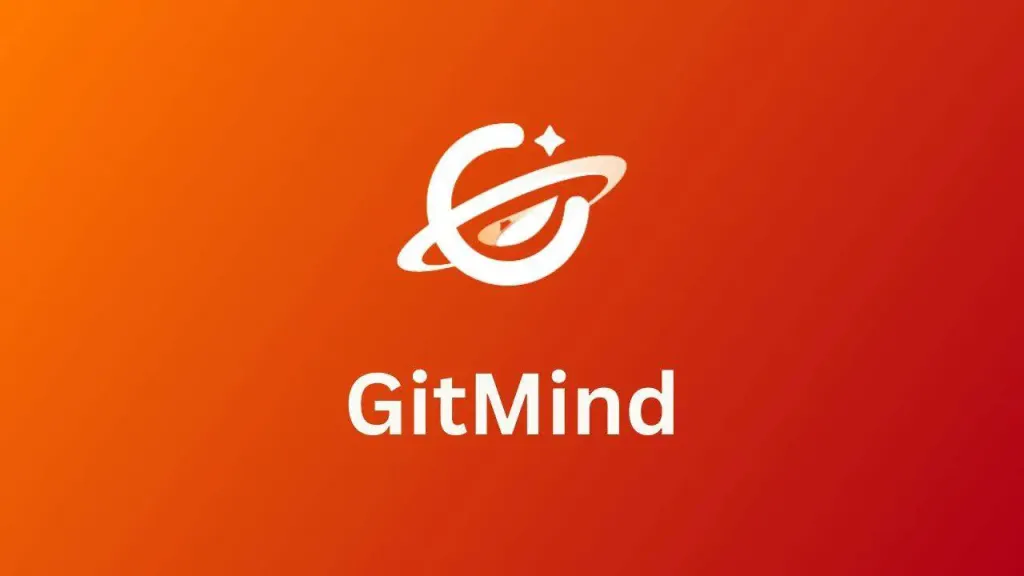The 4 Levels of AI Empowerment for Businesses , Which Level Are You At?
The emergence of ChatGPT-4 marks the true arrival of the Artificial Intelligence (AI) era. For businesses, understanding how AI can support and transform operations has become an urgent challenge.
Through in-depth research of AI applications across various industries, we have outlined how AI can be leveraged at different levels within enterprises.
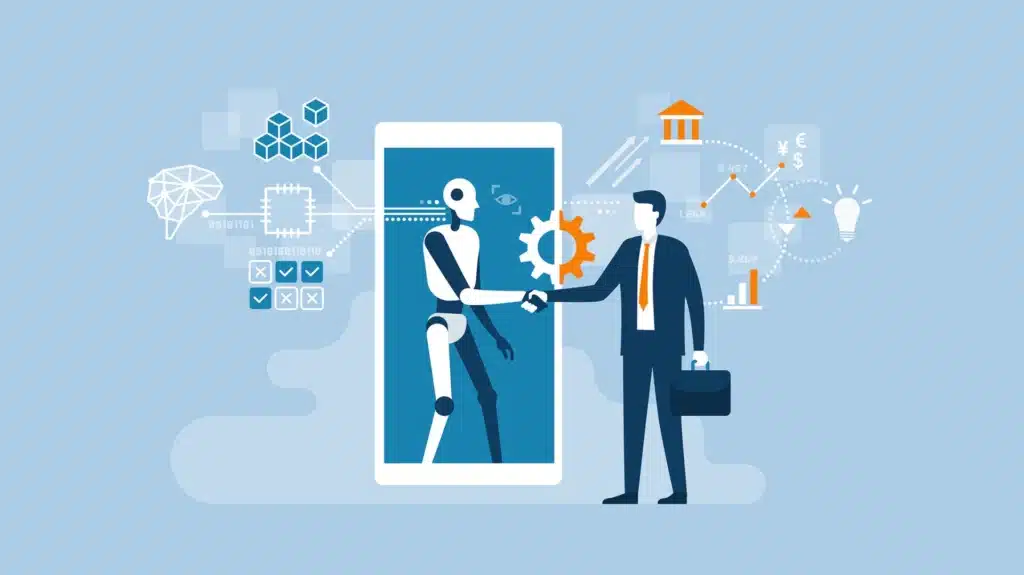
01. AI Technology’s Potential: From Creativity to Reasoning Power
AI’s impact goes beyond just technological advancements. It has unlocked three core capabilities:
- Creativity: AI can generate diverse content, including text, images, videos, and audio.
- Reasoning Ability: AI can perform both single-step and multi-step reasoning tasks.
- Emotional Intelligence: AI can perceive, understand, and generate emotions, enhancing natural human interaction.
These abilities make AI an effective collaborator, capable of functioning similarly to the human brain. AI applications, known as AI agents, use advanced prompts to generate high-quality outputs.
These agents can reflect, plan, and collaborate, allowing them to surpass professional expertise in certain fields.

From Interns to Professionals: The Evolution of AI Capabilities
AI agents can evolve from basic tasks to more specialized roles. For example, an AI model, initially like a fresh graduate, can be trained to handle more complex, professional tasks.
Research from McKinsey suggests that by 2030, around 50% of job content will be automated, with nearly 1 billion workers needing to reskill.
02. How Can AI Empower Enterprises?
AI’s impact on businesses is gradual and varies across industries. It can assist businesses in four key areas:
Level 1: AI Empowering Office Scenarios
AI can enhance productivity in office environments by automating routine tasks such as report generation, meeting minutes, and document summarization.
This frees employees from tedious tasks, allowing them to focus on more creative and complex work.
Example: In 2023, Microsoft integrated its AI assistant Copilot into Windows 11 and Office apps, enabling natural language input for tasks like summarizing emails or generating reports.
Though human review is still needed, it significantly streamlines workflows.
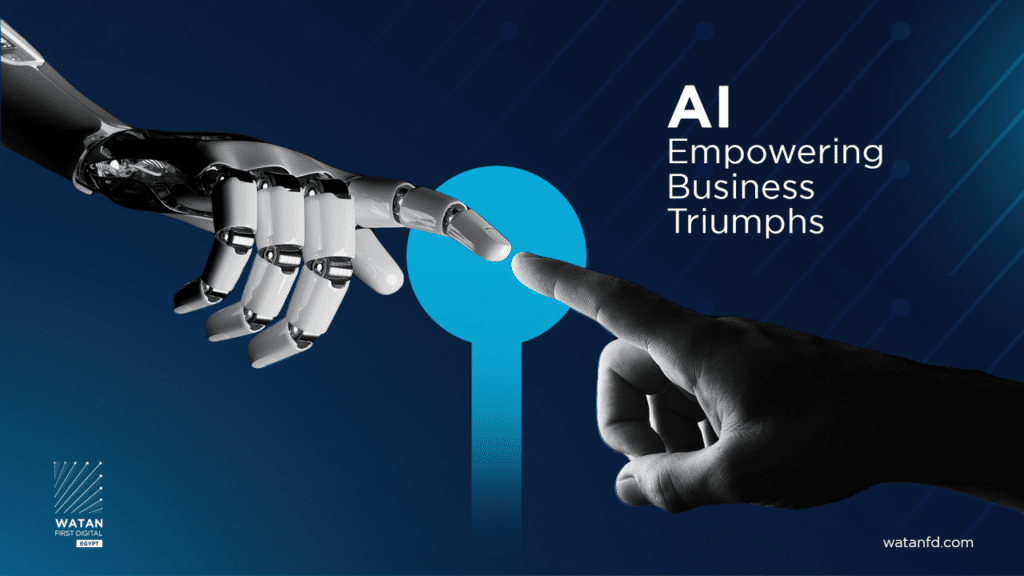
Level 2: AI Empowering Professional Tasks
AI can handle high-value, energy-intensive tasks, improving operational efficiency.
For instance, Amazon’s AI-powered systems optimize supply chains, from inventory management to delivery routing and personalized recommendations.
Amazon’s AI Applications:
- Demand Forecasting & Inventory Management: AI predicts product demand, optimizes inventory, and ensures timely deliveries, reducing stockouts.
- Path Optimization: AI adjusts delivery routes in real-time, cutting fuel costs and delivery time.
- Personalized Recommendations: AI analyzes user behavior to recommend products, boosting sales conversion.

Level 3: AI Building Professional Functions
At this level, AI can create entire workflows and even replace specific roles. For example, AI can automate underwriting in insurance, reviewing health reports quickly and reducing operational costs.
AI in Underwriting: A global reinsurance company introduced an AI underwriter that automates the underwriting process, improving efficiency and enabling expansion into new markets, such as those with pre-existing conditions.
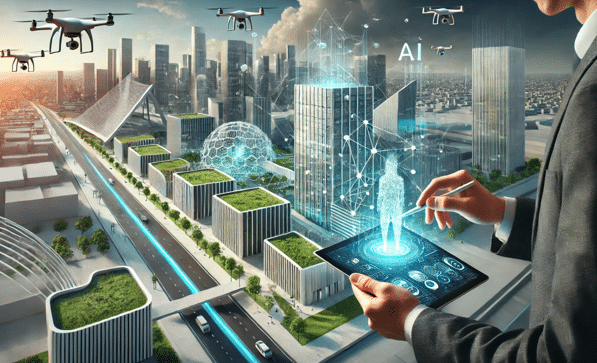
Level 4: Building AI-Native Enterprises
AI-native enterprises are those that make AI a core component of their operations.
AI isn’t just a product—it drives business models and organizational structures, solving complex problems and fostering continuous innovation.
Coolpad Technology’s AI Transformation: Coolpad is transitioning into an AI-native enterprise by automating its internal processes and integrating AI into its TV operating system.
This system provides personalized recommendations, while AI also helps streamline Coolpad’s organizational structure.
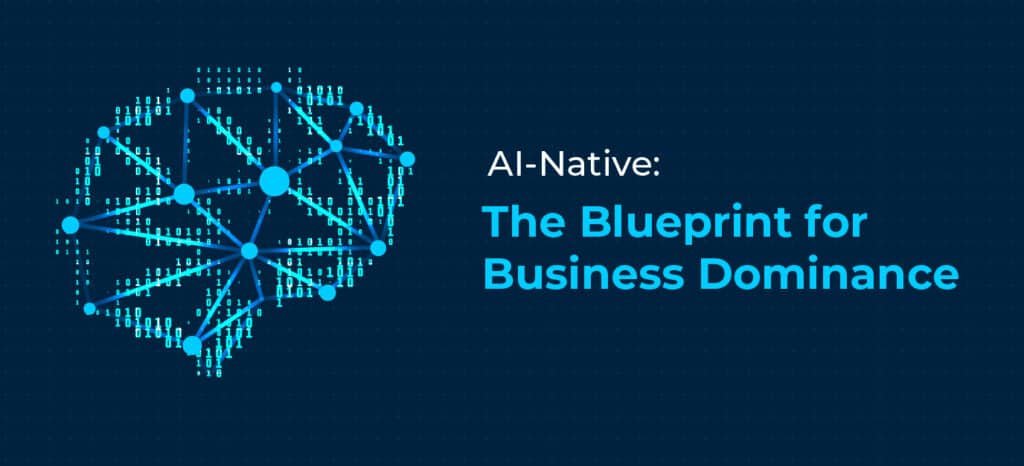
03. How Can Enterprises Move Toward the AI Future?
By analyzing the four levels of AI applications, businesses can assess their current progress and define their future AI strategy.
Companies can also benchmark their AI efforts against competitors and identify opportunities in the evolving AI ecosystem.
AI Front-Runners: Leading Enterprises
Leading companies are not just implementing AI; they are planning AI transformation across their entire business ecosystem.
This drives synchronization across upstream and downstream partners, creating an AI-dominated environment that boosts competitiveness and revenue.
By understanding AI’s potential at each level, businesses can identify opportunities to lead in the AI-driven future.
This structured approach will help companies secure a competitive edge in an increasingly AI-centric world.


